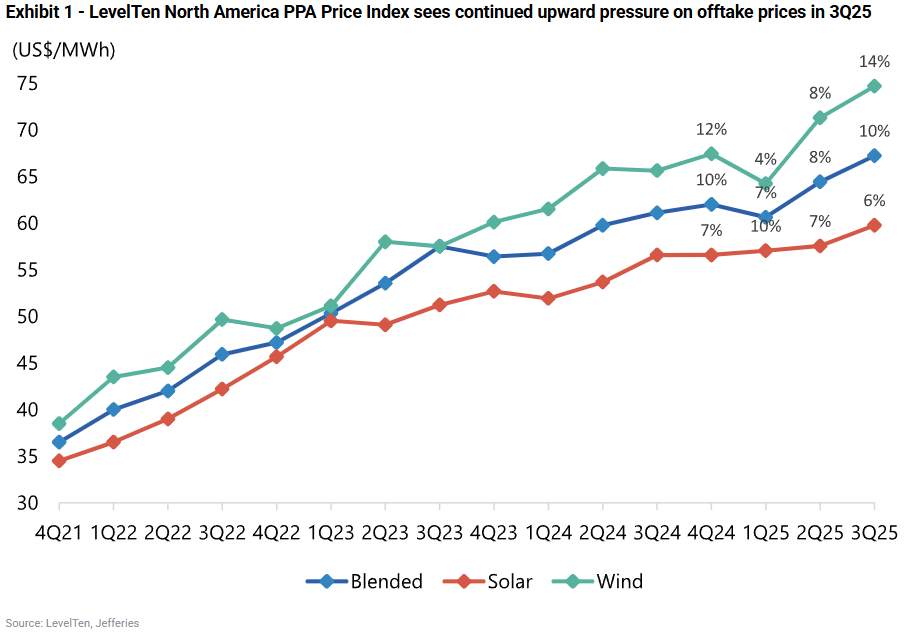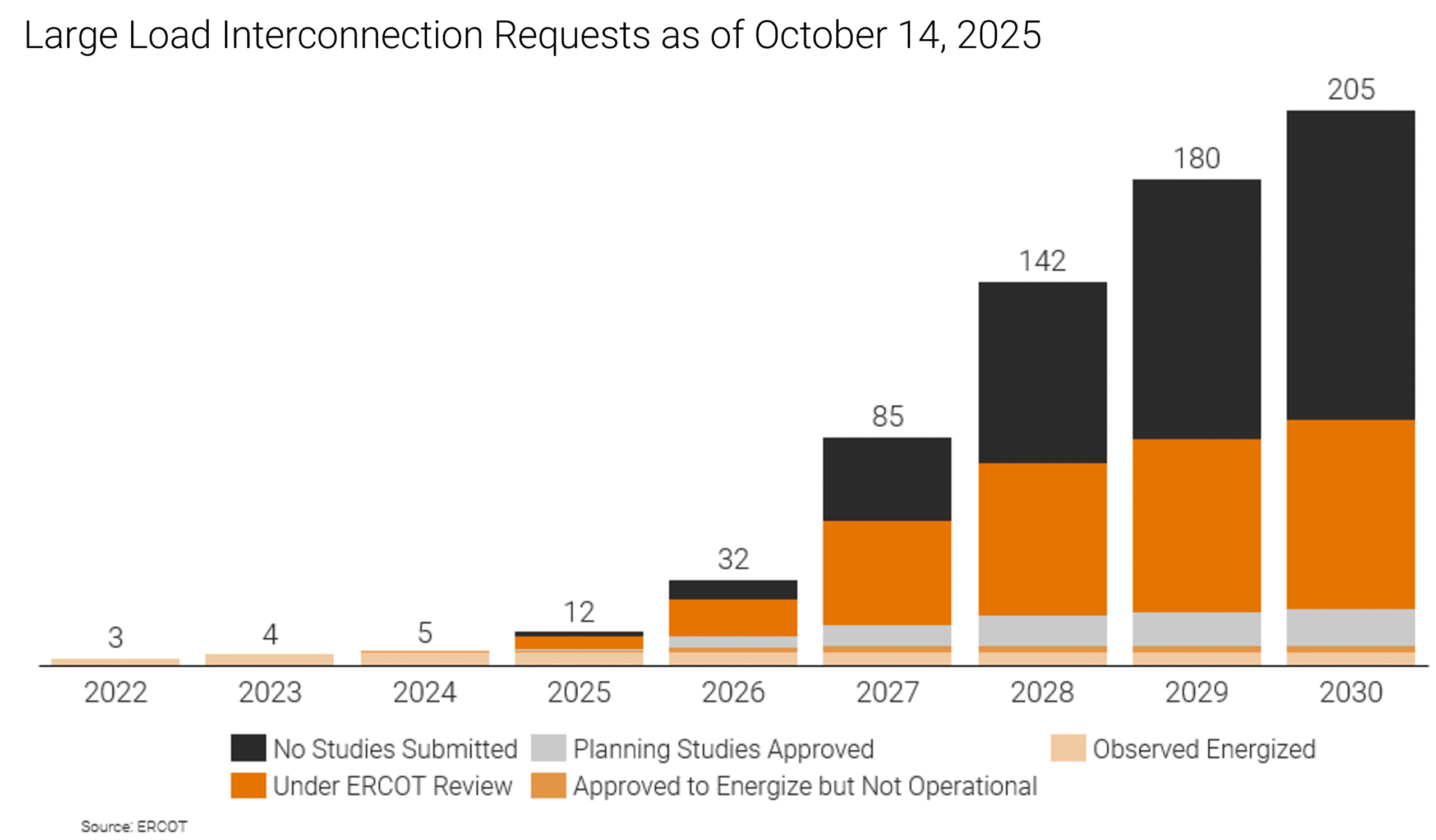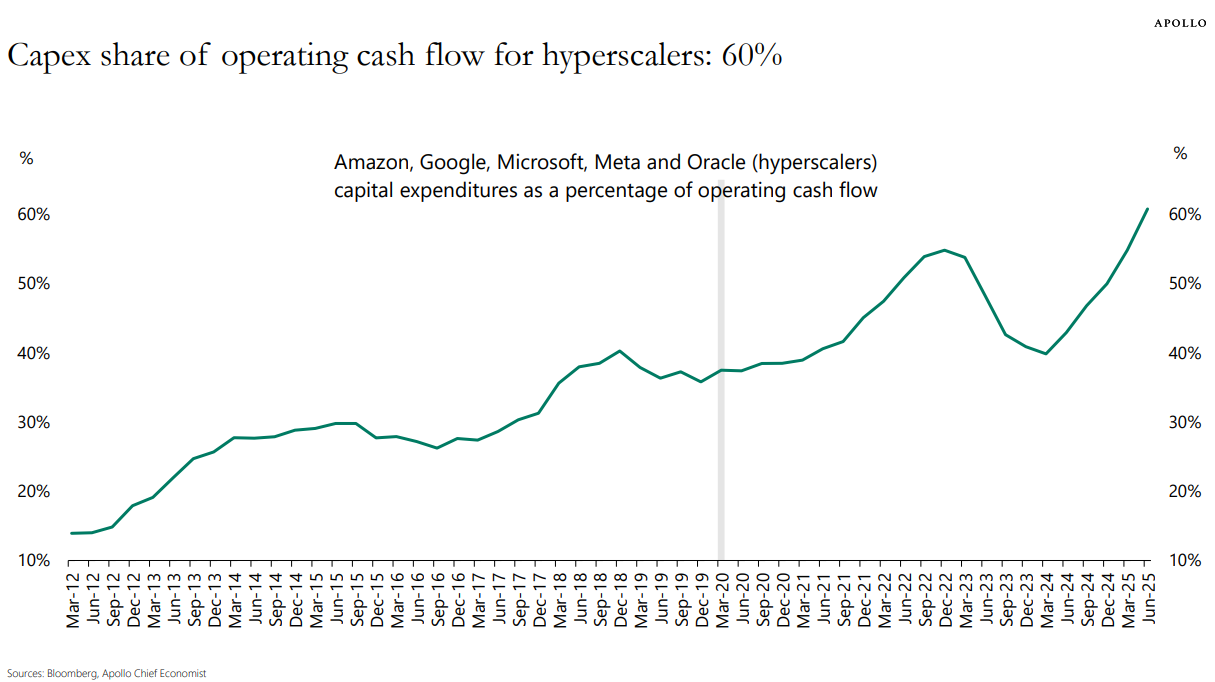How Thermal Storage Can Electrify Heat at Scale
The latest data behind the energy and infrastructure markets
Our analysis of energy transition policy developments
Our favorite articles and reports from the last month
Welcome to the October edition of the Generate: Intelligence newsletter.
Expert view

By the numbers
US PPA prices continue upwards
LevelTen’s North America PPA Price Index shows year-over-year increases of 6% for solar and 14% for wind PPAs. LevelTen attributes much of the 3Q PPA price increase to higher US tariffs on input factors like steel/aluminium, while Trio blames financing costs (Utility Dive).

Load growth and prices: it’s complicated
Over the last 5 years, states with the highest growth saw average prices decline in inflation-adjusted terms whereas states with load reduction / contraction often saw prices increase (Lawrence Berkeley National Laboratory).
The report, however, emphasizes that load growth can conspire with supply constraints to increase prices, which is what happened recently in PJM: the grid operator expects the increase to capacity prices for the 12-month period that starts in June 2026 could lead to 1.5% to 5% bill increases for ratepayers. Capacity is just one piece of a bill (link), and remember that affordability is impacted by both electricity prices and consumption.

Past performance is not indicative of future results
The scale of today’s load growth is, however, unprecedented in modern power markets. ERCOT’s large-load interconnection queue has swelled to 205 GW, up from just 56 GW a year ago (ERCOT). As Nat Bullard noted earlier this year: “Electricity demand used to rise like the tide. Slow and steady. Now it comes in waves.” This is not isolated to Texas: PJM utilities have committed to serve twice as much new large load demand as there is new power generation being planned to support it (Wood Mackenzie). These load forecasts are unbelievable in a very literal sense (The AI Bubble’s Impossible Promise, NRG), although even much smaller figures will lead to tightness in many markets. The magnitude of this wave may well redefine how load and generation connect to the grid. More on that in this month’s policy section.

Some 70% of the ERCOT large-load queue is data centers, and the capex share of operating cash flow for hyperscalers has now risen to 60% (Apollo).

Policy Notes
Wholesale markets’ efforts to integrate large loads interconnection themselves. SPP’s High Impact Large Load Generation Assessment (HILLGA) proposal, which would create an expedited interconnection review and approval process (90 days) for on-site or local service generation that will serve a HILL, was filed at FERC on October 24th. PJM is similarly in the process of fast-tracking the development and approval of a proposal to expedite interconnection for data centers and other large load customers. PJM plans to meet bi-weekly for the remainder of the year, with a goal of bringing a proposal to FERC by December. The Governors of Pennsylvania, New Jersey, Maryland, and Virginia joined the Data Center Coalition (DCC) to submit a proposal that calls for expedited interconnection for data centers that bring their own generation (link).
State-level demand flexibility: California approved a flexible interconnection standard for distributed solar and storage, allowing these projects to interconnect under “limited generation profiles” rather than waiting for full grid upgrades. This is expected to accelerate deployment of storage and distributed generation assets (link). While California is the first state to adopt a flexible interconnection policy for DG assets, a report from NC Clean Energy Technology Center shows that grid modernization, distributed infrastructure, flexibility, and resilience are top of mind for states, with 45 taking regulatory or legislative action on these topics in Q3 2025 (link).
Permitting reform: Once Senate GOP and Democrats reach a deal to reopen the government, the primary focus for bipartisan legislative progress is permitting reform. Democrats have stated they see the possibility of a framework being released by year-end, however whether republicans, including the White House, will ultimately support advancing a bipartisan solution is uncertain (link). Meanwhile, a bipartisan coalition of 13 governors urged Congress to streamline permitting through shorter timelines, expanded categorical exclusions, and litigation limits to accelerate energy-infrastructure build-out amid rising national electricity (link).
DOE IX ANOPR: Secretary Wright directed FERC to initiate a rulemaking to standardize and expedite large load interconnections (defined as greater than 20 MW). The goal is to streamline interconnection of data centers, manufacturing, and other loads critical to maintaining US competitiveness. The letter includes recommendations to prioritize loads that can commit to flexibility, require large loads to shoulder upgrade costs, and improve forecasting accuracy (link, link).
Tariffs: Donald Trump and Xi Jinping reached a preliminary agreements on Thursday to de-escalate their trade tensions in a highly anticipated meeting in South Korea. While exact details have not been finalized, it has been reported that the US would lower its “fentanyl related” tariffs to 10% (from 20%), while China agreed to a one-year pause on export controls on rare earths and to purchase U.S. soybeans (link).
Illinois lawmakers have also taken action to support clean energy while bolstering reliability and affordability, passing the Clean and Reliable Grid Affordability (CRGA) Act on the last day of the 2025 legislative session. The bill requires procurement of 3 GW of battery storage by 2030, augments utility requirements for energy efficiency programs, enables deployment of virtual power plants, and lifts the state’s ban on new large nuclear power plants, among other changes to energy policy (link, link).
The government shutdown is now likely to meet or exceed the longest funding lapse (35 days in 2018) after the Senate adjourned on Thursday without breaking the impasse (link).
What we're reading
What Sustainable Investors Got Wrong, And Why It Is Still the Future of Finance (link)
Storage’s Moment: Capacity Markets in Transition (link)
PJM’s Energy Storage Outlook (link)
Is There Really an Energy Silver Lining to a Datacenter Bubble? (link)
Demand Response as a Capacity Resource in SPP’s Era of Data Center Growth (link)
Solid State Power Will Rewrite the Rules of Infrastructure (link)
More newsletters
October 2025 Newsletter
Trade policy and House tax bill implications, and more US energy and infrastructure news and analysis
Read moreSeptember 2025 Newsletter
Reflections on RE+ and Climate Week, the role of private credit, who to blame for high electricity prices and a cool Texas summer.
Read moreAugust 2025 Newsletter
Solar investment figures, PPA wariness, and more US energy and infrastructure news and analysis
Read more